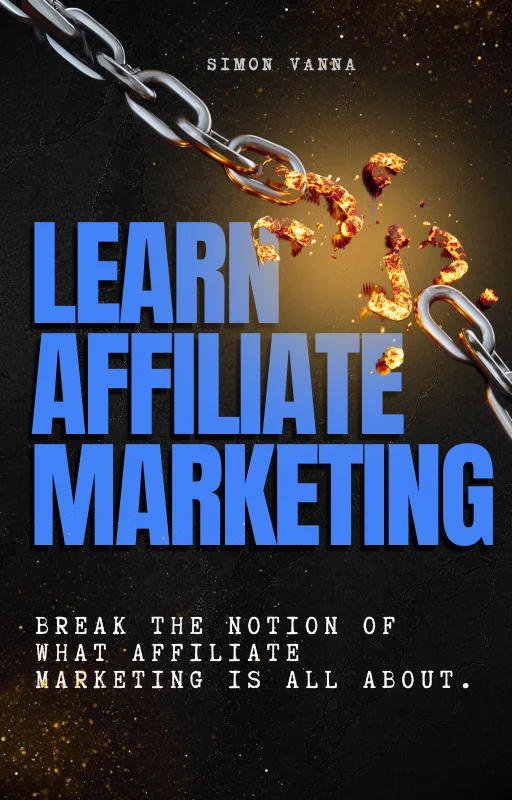Quitting your job to start a full-time business is an exciting but nerve-wracking decision. While the idea of being your own boss is appealing, the transition from employee to entrepreneur requires careful planning. A business transition plan can help you minimize financial risk, build a solid foundation, and set yourself up for long-term success.
In this guide, we’ll take you step by step through the process of leaving your job the right way, so you can become a successful business owner without unnecessary stress.
We shall explore in this article, a Step-by-Step Guide to Quitting Your Job for Your Business in 2025.

Step 1: Assess Your Readiness to Quitting Your Job
Before handing in your resignation, ask yourself: Am I truly ready? Here’s how to evaluate your situation:
1. Understanding Your Motivation
Why do you want to quit? Is it for freedom, flexibility, or financial independence? Make sure your reasons align with long-term goals, not just frustration with your current job.
We recommend this book title “Quit: The Power of Knowing When to Walk Away” by Annie Duke”.
This book delves into the psychology of quitting and provides strategies to recognize when leaving a situation is beneficial. It offers insights into making informed decisions about significant life changes, such as leaving a job, and helps readers understand their underlying motivations.
By reading this book, you can reflect on your personal motivations and ensure that your desire to quit your job is rooted in a pursuit of long-term satisfaction and alignment with your life goals, rather than a reaction to temporary frustrations.
2. Evaluating Your Financial Situation
- Do you have enough savings to cover expenses for at least 6-12 months?
- Are your debts manageable?
- Will your business generate income soon enough to sustain you?
For more in-depth insights, check out our blog, where we have additional articles you may find interesting.
3. Identifying Your Risk Tolerance
Starting a business is risky. Assess whether you’re mentally and financially prepared for potential setbacks and uncertainty.
Step 2: Develop a Solid Business Plan
Your business needs a clear strategy before quitting your job.
✅ Define Your Business Model – Will you sell services, products, or both?
✅ Validate Your Business Idea – Test if there’s a real market demand for your business.
✅ Set Clear Goals and Milestones – Outline your revenue targets and growth strategy.
A strong business plan acts as your roadmap, helping you transition smoothly.
Step 3: Build a Financial Safety Net
A financial safety net ensures you can survive without a paycheck.
1. Estimate Your Financial Needs
Calculate your monthly personal and business expenses. Include rent, bills, food, marketing, and software costs.
2. Create a Business Savings Plan
Save at least 6-12 months’ worth of personal and business expenses before quitting.
3. Manage Personal and Business Expenses
Reduce unnecessary spending to keep your finances stable while growing your business.
For more in-depth insights, check out our blog, where we have additional articles you may find interesting.
Step 4: Start Your Business While Still Employed
You don’t need to quit right away—build your business on the side first.
✅ Test Your Business Idea – Offer services or sell products while still employed.
✅ Grow Your Customer Base – Secure consistent clients or sales before quitting.
✅ Manage Your Time Effectively – Dedicate evenings and weekends to business tasks.
This approach lowers the financial risk when making the leap.
Step 5: Establish Multiple Revenue Streams
Relying on just one income source is risky. Diversify your earnings:
- Offer different products/services
- Set up passive income streams (e-books, online courses, digital products)
- Invest in subscription models for recurring revenue
The more diverse your income, the safer your transition.
Step 6: Set a Quit Date and Create an Exit Strategy
Once your business gains traction, choose a quit date.
1. Identify the Right Time to Quit
- Is your business earning consistently?
- Do you have enough financial savings?
- Are your processes systemized for efficiency?
2. Prepare for the Transition
- Inform clients/customers about upcoming full-time availability
- Finalize any legal and financial aspects of your business
- Have a backup plan in case of unexpected challenges
Step 7: Leave Your Job Professionally
Don’t burn bridges—handle your resignation professionally.
✅ Write a Proper Resignation Letter – Give adequate notice and express gratitude.
✅ Maintain Professional Relationships – Your former colleagues may become future clients or referrals.
Step 8: Go Full-Time in Your Business with Confidence
Once you’re self-employed, success depends on:
✅ Creating a Productive Work Routine – Stay disciplined with structured work hours.
✅ Managing Your Finances Wisely – Separate business and personal finances, track income/expenses.
✅ Staying Motivated – Expect challenges, but stay focused on long-term goals.
Common Mistakes to Avoid When Quitting Your Job for Business
🚫 Quitting too early – Leaving before your business is profitable can create financial stress.
🚫 Underestimating Expenses – Ensure you’ve factored in all business and personal costs.
🚫 Lack of a Clear Plan – Without a structured plan, growth can be slow and uncertain.
🚫 Not Having a Backup Plan – Always have emergency savings and alternative income options.
Conclusion
Quitting your job to start a full-time business can be one of the most rewarding decisions of your life. However, success doesn’t happen overnight—it requires careful planning, financial preparation, and strategic execution.
By following this step-by-step guide, you’ll transition smoothly into entrepreneurship, ensuring long-term financial stability and business success.
For more in-depth insights, check out our blog, where we have additional articles you may find interesting.











